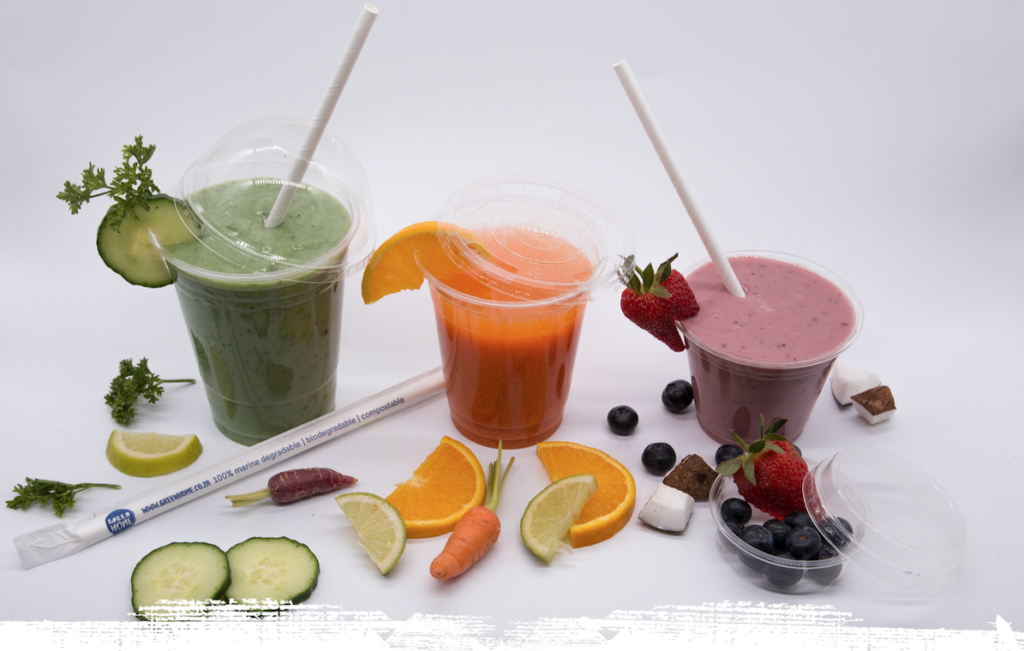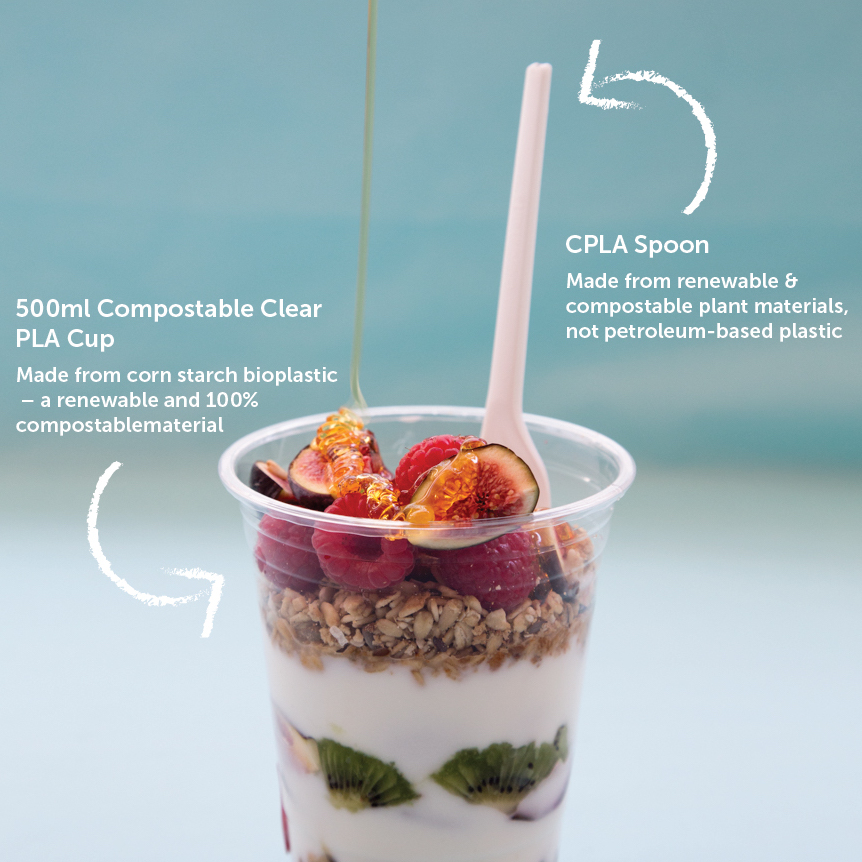What is bioplastic, and what makes it unique?

If you’re at all fuzzy on what bioplastic is, fear not. We explain all in this post.
Firstly though, let’s set the scene with a quick look at conventional plastic, the type we’re all over-familiar with.
Everyone knows that plastic is non-biodegradable. That’s why we have a well -documented plastic pollution crisis.
Also, most people know plastic is made from fossil fuels. Fossil fuels that are extracted from the Earth’s crust via mining, drilling and fracking, before going to refineries, then ‘cracking’ plants and then further processing and manufacturing plants. Whew.
What bioplastics are made from, and their biodegradability, is what separates them from conventional (fossil fuel-based) plastics.
What’s different about bioplastics?
So the bio prefix can mean two things:
- A plastic that is biodegradable (yay!)
- A plastic is biobased – i.e. made from plants (yaaay!)
The confusing part is that a bioplastic can be either of these things, or both. The term can actually be used to refer to quite a wide group of materials that can be quite different from each other.
They can be biodegradable, but made from fossil fuels (yes, that’s possible).
Or they can be non-biodegradable, but made from plants (yup, that’s possible too).
Or – the best type by far – they can be both biodegradable AND made from plants. This is the only type of bioplastic that we stock at GREEN HOME. In fact, even better, our bioplastics are all compostable.
It doesn’t make sense to us to make non-biodegradable bioplastic out of biodegradable plants. Neither does it make sense to make products out of polluting fossil fuels. So while the term bioplastic can refer to quite a wide range of materials, at GREEN HOME we’re firmly committed to the type that are both completely compostable and completely plant-based.
(FYI – It’s also important to note here that bioplastics are NOT oxodegradable plastics. Oxodegradable plastics claim to be biodegradable, but these claims have not been verified. In fact, the EU recently banned them.)

Compostable and plant-based bioplastics have the greatest environmental benefits.
Plant-based bioplastics have a much lower carbon footprint than those made from fossil fuels. Plus they come without the negative environmental impacts of fossil fuel extraction and refineries.
Compostable bioplastics can also return to soils to feed the next generation of plants in an ongoing natural cycle. They’re able to break down just like other organic materials in large-scale composting conditions. International compostability standards also ensure that compostable bioplastics don’t contain any harmful additives (frequently found in other plastics) which could be harmful to soils.
So there you have it. Bioplastics are cleaner, greener and more in sync with our planet’s cycles. A much more sustainable materials that provide plastic-like functionality.

